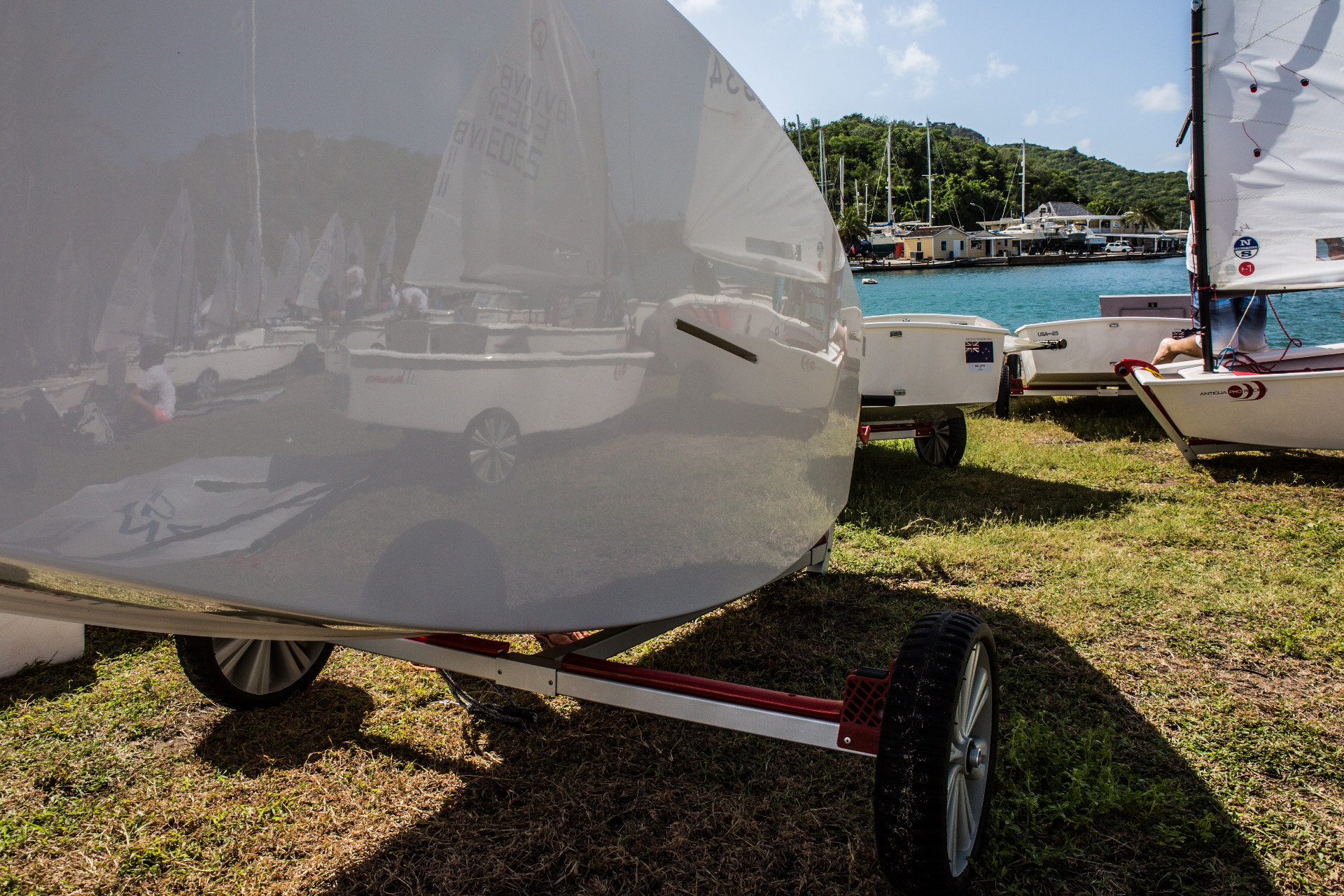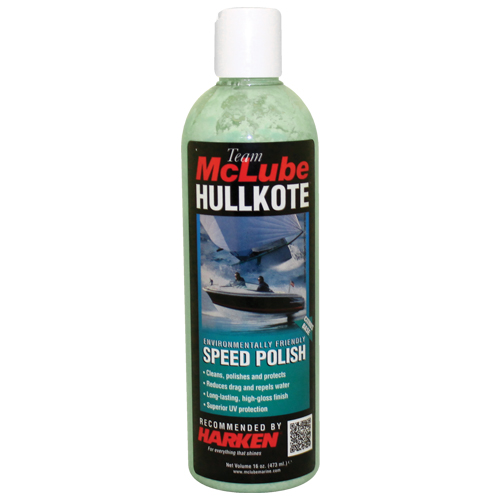
While a brand new hull from the factory may be the easiest way to have the fastest boat on the starting line, the cost can get prohibitive unless you charter. Here is a list of sailboat hull preparation tips to keep your boat in peak racing condition, both inside and out.
Sailboat hull preparation — maintain your routine
We can all agree that a clean hull is a fast one.
So, after every day on the water, part of your de-rigging routine should be to flip over your hull and clean it with a mild, environmentally-friendly soap like Dawn®, and fresh water.
First, use a non-abrasive sponge to work the soap around and rinse it off. Next, dry it off with a clean rag, and then store it in a set of covers overnight.
Consequently, we have observed bottoms get destroyed in boat lots after leaving them upside down or underneath trees.
In short, cleaning your boat this way does the double duty of helping you catch any scratches or damage on the bottom before it gets worse or slows you down too much.
Don’t forget to do the same thing to your blades!
Optistuff Tip:
Use a non-abrasive sponge to work the soap around the hull and rinse it off. Dry it off with a clean rag and then store it in a set of covers overnight.
Sailboat hull preparation — buff and repair
So why is it important to clean your boat after every day on the water as part of you Sailboat hull preparation process?
Sailing in the salt water will leave a film of dried salt all over the boat, which over time can cause gelcoat to oxidize.
Salt can also cause the fittings to rust and blocks to stop working. Contrary to belief, most stainless can rust if left exposed to salt and water.
After all, it is stain-less steel, not stain-free! Every time you go sailing you should wash your boat off.
What do you do if your hull is dull or scratched? Many scratches can be buffed out with a good rotary buffer and polishing compound.
Discoloration from sailing in dirty water can also be buffed out as well. A good rule of thumb is to buff first and then repair second.
If there are deeper scratches on the bottom, you can consult our handy gelcoat repair guide.
However, gelcoat repairs on the bottom may be best left to professionals unless you have experience doing it.
Optistuff Tip:
What do you do if your hull is dull or scratched? Many scratches can be buffed out with a good rotary buffer and polishing compound.
Sailboat hull preparation — polishing
So what is a good polishing compound for your boat? We use a specially formulated 3M Marine High Gloss Gelcoat Polish Compound. It can take out most scratches that you cannot feel.
Once the boat is polished, you should use a sealer to keep the nice fast finish as long as possible.
Mclube Hullkote Speed Polish is a great sealer that is easy to apply with just a clean damp rag.
But, keep in mind that it isn’t a polish so you don’t need to rub it into the bottom too much.
Why is a smooth polished boat bottom so important as part of your sailboat hull preparation?
For example. when you sail out of the harbor or off the beach, a sanded bottom is going to have every piece of debris in the water adhere to it like glue.
Unless you capsize and clean your bottom off between races, this dirt and debris will slow you down significantly; therefore, It’s much better to have a polished surface that will repel debris.
After a long day out on the water, the last thing you may want to do is clean out your boat, but if you follow these simple procedures, you’ll have a tip top race boat every morning that will give you a real edge over your competitors.
Remember, a clean and sorted boat is a fast boat!
Every sailor wants to have an edge when it comes time to compete, and now you know how to get it.
